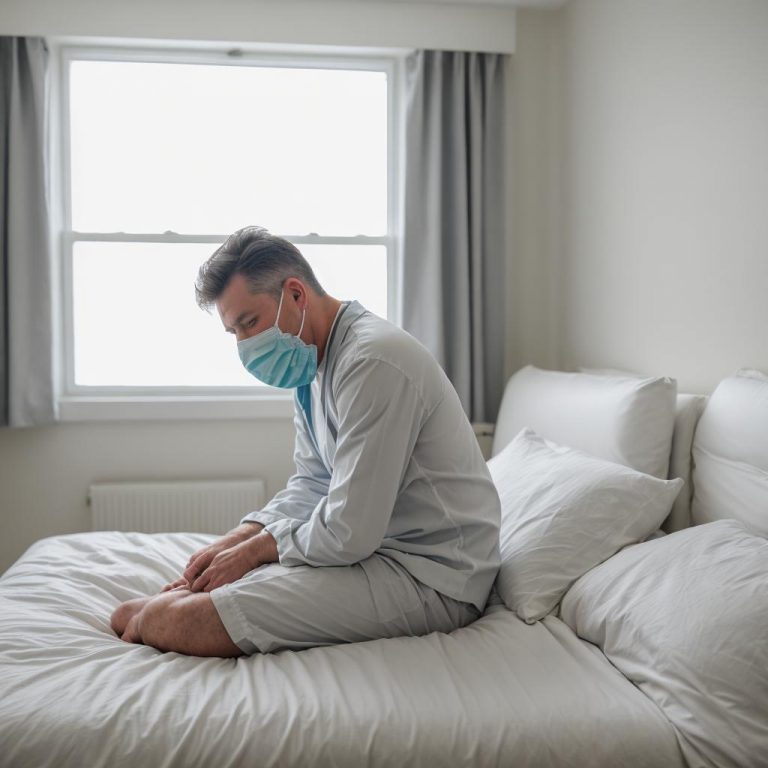
Living in New York City, one of the most vibrant and populous urban centers in the world, comes with its own set of challenges, one of which is dealing with allergies.
Whether you’re a native New Yorker or a recent transplant, you’ve likely experienced the discomfort of seasonal allergies. With the city’s diverse flora and fauna, understanding the allergy count becomes crucial for managing allergic reactions effectively.

Understanding allergies
Allergies occur when the immune system reacts excessively to substances that are typically harmless. In the case of seasonal allergies, the primary culprit is often pollen, which is released by trees, grasses, and weeds during specific times of the year. When pollen levels rise, so do the number of allergy sufferers experiencing symptoms such as sneezing, itching, congestion, and watery eyes.
Allergy count in new york city
Monitoring pollen levels in New York City is essential for individuals prone to allergies. The city’s diverse ecosystem means that various types of pollen are present throughout the year, with peak seasons typically occurring in the spring and fall. Organizations such as the New York City Department of Health and local allergy clinics provide daily pollen counts, offering valuable information for allergy sufferers to plan their activities and manage their symptoms effectively.
Factors affecting allergy levels
Several factors influence pollen levels in New York City. These include:
Weather Conditions: Weather plays a significant role in pollen release and dispersal. Warm, dry, and windy weather tends to increase pollen levels, while rain can temporarily alleviate symptoms by washing pollen out of the air.
Flowering Seasons: Different plants have varying flowering seasons, leading to fluctuations in pollen levels throughout the year. Tree pollen, for example, peaks in the spring, while grass and weed pollen may be more prevalent in the summer and fall, respectively.
Urban Environment: The urban environment of New York City can exacerbate allergies. Pollution, particularly from vehicle emissions, can interact with pollen particles, making them more potent allergens. Additionally, the abundance of concrete and buildings can create “urban heat islands,” which may prolong allergy seasons by delaying the onset of colder temperatures.
Managing allergies
Despite the challenges posed by seasonal allergies, several strategies can help individuals manage their symptoms effectively:
Stay Informed: Regularly check allergy forecasts to anticipate high pollen days and plan outdoor activities accordingly.
Limit Exposure: Try to avoid outdoor activities during peak pollen times, typically in the early morning and on windy days. Keep windows closed during high pollen days and use air conditioning with a HEPA filter to keep indoor air clean.
Medication: Over-the-counter or prescription antihistamines, nasal sprays, and decongestants can provide relief from allergy symptoms. It’s essential to consult a healthcare professional to determine the most appropriate treatment for your specific allergies.
Allergen Avoidance: Identify specific triggers and take steps to minimize exposure. For example, if you’re allergic to grass pollen, consider wearing a pollen mask when mowing the lawn or delegate lawn care tasks to someone else.
Navigating allergy season in New York City can be challenging, but with proper planning and management, individuals can minimize the impact of seasonal allergies on their daily lives. By staying informed about pollen levels, understanding factors that influence allergen exposure, and implementing effective strategies for symptom management, allergy sufferers can enjoy the vibrant city without being sidelined by their allergies. Remember to consult with healthcare professionals for personalized advice and treatment options tailored to your specific needs.



